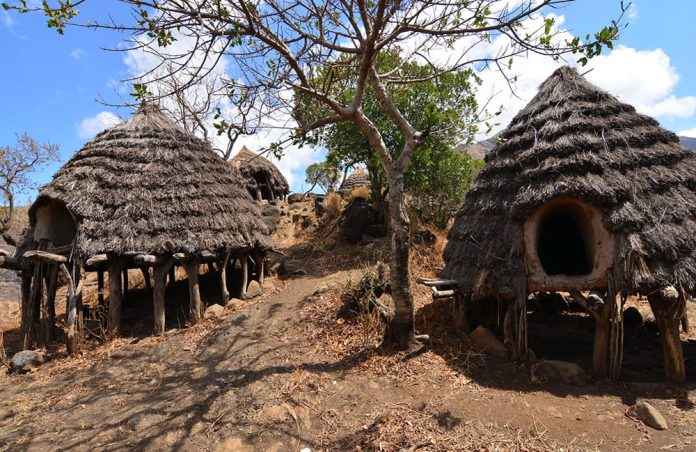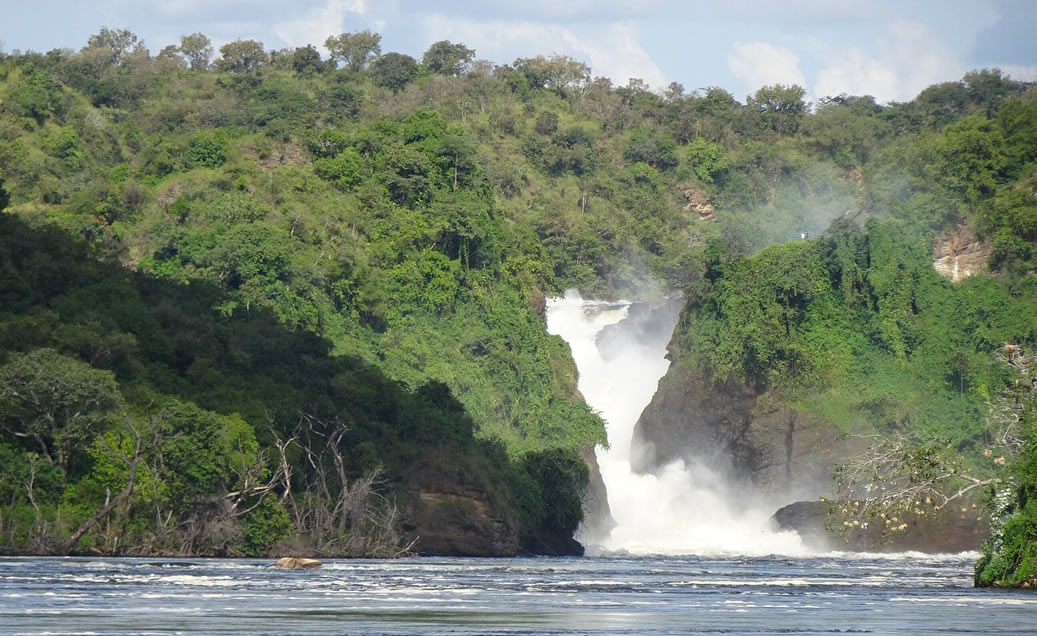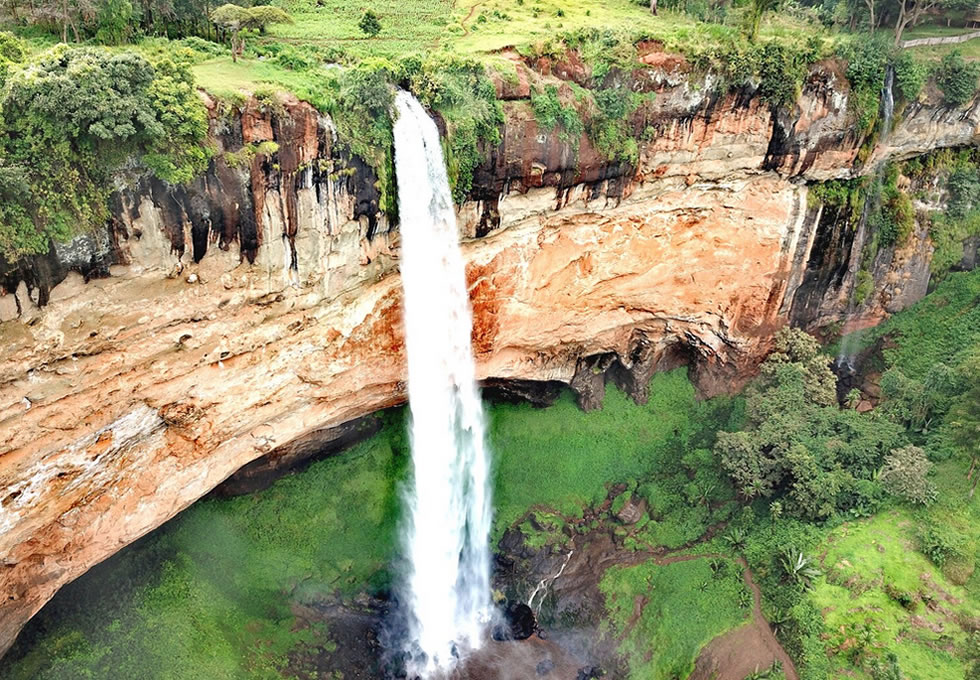Over the years, change has impacted enormous economic developments. Uganda has joined the league of the fastest growing economies of the world, but this change has robbed us of the pleasantries synonymous with living in the Africa of yesteryears. The Africa where people used to wake up to the sight of inquisitive wildlife at their doorsteps, the Africa where beautiful traditional cultures flourished is not anymore.
Today, most corners of the country have binned positive African values and cultures for western junk. One such gem is the authentic African infrastructure which has been replaced by structures built using mostly ‘eco-enemy’ materials. That withstanding, there are communities that have defied all odds and preserved such infrastructure. If you are looking for something to this effect, one such place to visit is Kabong, one of the Districts neighboring Kidepo Valley National Park from the East.
For almost every kilometer turn in the sparsely populated district which is home to the Karimojong, Kabong is dotted with exquisite manyattas (a dwelling heritage carried down from their forefathers) that makes you feel like you are back to long lost Africa.
Circled by double walls of thorns that are head high and about a meter thick, these traditional huts also known as ‘ere’ are home to the Karimojong, a welcoming warrior nomadic tribe. A manyatta is incredibly beautiful. It bears the semblance of a village albeit smaller and may house a family and its extended members.
Within a manyatta are thick mud homes that stay cool in the year-round heat. Not a scrap of metal or concrete is used in constructing a manyatta, which is an anomaly in a world that’s now characterized by wall-to-wall concrete. At the heart of the manyatta is a large kraal where the cattle are kept.
They are fashioned every 5-10 years as the Karimojong make large migrations across the scrublands and plains. Warriors and men move more often with their herds casually looking for greener pastures and water. However, sometimes a family may move because of an outbreak of disaster. In the neighborhoods of the manyatta, one can also find kitchen gardens.
Source credit: Karimoja, the land of Nomadic warriors by David Pluth and James Bowyer.










